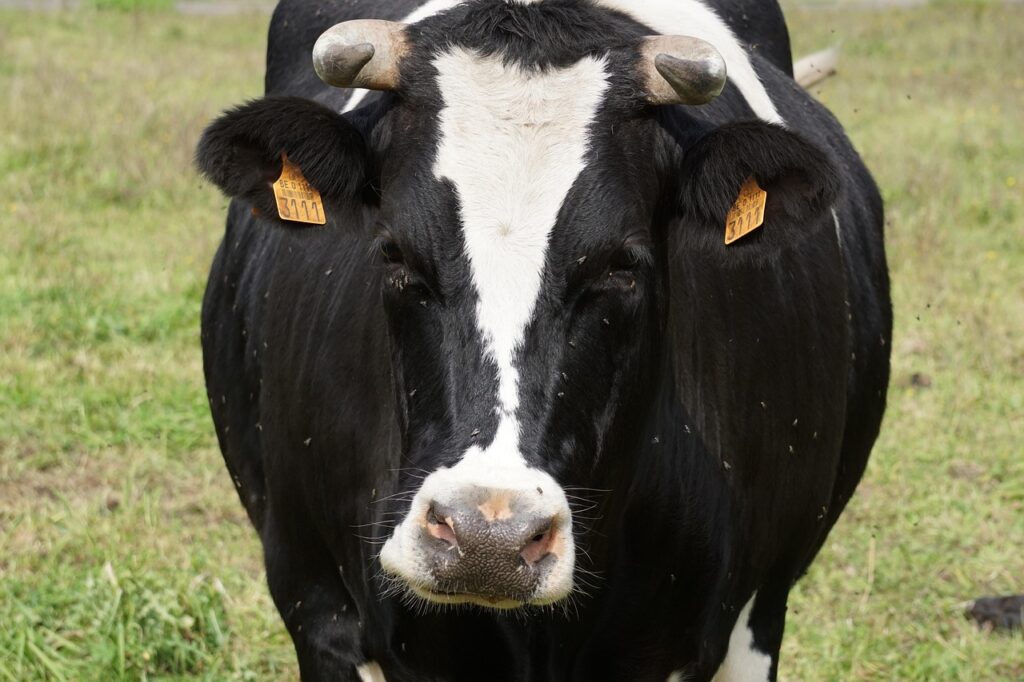A screwworm outbreak is rapidly moving north from Central America, threatening livestock, wildlife, and ranchers’ livelihoods in the southwestern U.S. The parasite, known for literally eating animals alive, has already triggered emergency measures along the border — including an unusual and costly solution: dropping millions of sterilized flies from planes.
The enemy is the New World screwworm, a flesh-eating fly whose larvae hatch in wounds and feed on living tissue. Infestation can be fatal within a week or two if untreated. Since early 2023, cases have been confirmed in Panama, Costa Rica, Nicaragua, Honduras, Guatemala, Belize, and El Salvador — many for the first time in 20 years. By November, the screwworm had reached southern Mexico.
An Old Solution to a New Crisis
To fight the outbreak, the U.S. is turning to a decades-old technique: flooding infected areas with sterilized male flies. When these sterile flies mate with wild females, no offspring are produced, gradually collapsing the parasite’s population. It’s called the Sterile Insect Technique (SIT) — and it helped wipe out screwworms in the U.S. in the 1960s and ’70s.
Today, the only active sterile screwworm facility is a bi-national lab in Panama, run by the U.S. and Panama through the COPEG program. There, about 100 million sterilized flies are released into affected areas each week. But experts say it’s not enough.
The Stakes Are High
“This is a daily battle,” said Stephen Diebel, Texas rancher and first vice president of the Texas & Southwestern Cattle Raisers Association. “We inspect livestock constantly, because if screwworms go unnoticed, they can kill an animal — and spread fast.”
There’s no vaccine, no reliable repellent, and no way to fully prevent the flies. During warm months, ranchers are even advised to delay branding or tagging cattle, since any open wound invites infestation.
Beyond cattle, screwworms can infect deer, rodents, birds — even pets and humans. This makes containment difficult, and regional cattle trading only increases the risk of spread.
The USDA’s Massive Investment
After 80 lawmakers urged action in June, the U.S. Department of Agriculture announced a two-part plan:
- A new dispersal facility will open at Moore Air Base in Hidalgo County, Texas, costing $8.5 million.
- A separate $21 million project will renovate an older fly production facility in Mexico by late 2025.
But these are just the beginning. Lawmakers estimate the cost of building a full-scale U.S. “fly factory” — capable of breeding enough sterile flies to contain the outbreak — could reach $300 million.
That number might seem steep, but industry leaders say the investment is essential.
“When you compare $300 million to the $10 billion in economic losses a full outbreak could cause,” said Diebel, “it’s an easy trade-off.”
Signs of Progress — But Urgency Remains
Following the June 18 announcement, the USDA began reopening livestock trading ports in Arizona, Texas, and New Mexico that had been shut down due to the outbreak. Officials cited “good progress” in surveillance and dispersal efforts in Mexico.
Still, the timeline is tight. Sterilizing, transporting, and dispersing the flies takes time — and requires precise coordination between governments, ranchers, and scientists.
“There’s no quick fix,” said Diebel. “But the sterile fly method works. We just need to scale it fast enough to stop the screwworm before it crosses the border in force.”
For now, the skies over the southern U.S. may soon be filled with flies — not by accident, but by design. And for America’s livestock industry, it could be the difference between containment and catastrophe.








